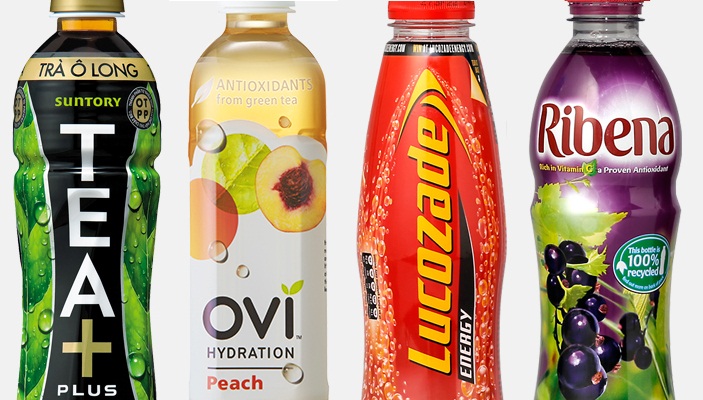Ken Research announced its latest publication on, “Vietnam Beverage Report 2015”, offering insights on Beverage Market in Vietnam. The publication provides a detailed analysis of the overall beverage market size in Vietnam including market share, advantages and disadvantages, internal competition etc., supply-demand situation, distribution channels and competitive scenario in the Vietnam Beverage Market. The report further reveal market drivers, opportunities, restraints, and challenges to be faced in the Vietnam market.
Overview of the Beverages Market in Vietnam
Looking at the History, we can see that Vietnam was once an agriculture oriented economy. However, since the initiation of “DoiMoi” socialist- economic reforms in 1986, the economy has now become a market oriented one. Also, as a result of “DoiMoi” reforms and joining the World Trade organization, Vietnam has become one of the fastest growing economy in the ASEAN region.
The food and beverages sector is one of the most crucial sector in the Vietnamese economy as rising living standards of the Vietnamese population forms the basis of this sector. A large number of factors are expected to drive the growth of this sector which includes consistently rising disposable income, urbanized consumer lifestyles, consumer’s preference for convenience, safety and health. Besides these, there also has been a significant rise in the rural Vietnam’s demand for the FMCG products, driven by higher levels of disposable income which in turn will drive market growth.

The Vietnamese beverage market has bright prospects with the market value expected to increase in the future. Consumer’s increasing demand for beverage products will also lead to an increase in the profits of this sector. Talking about the composition of the beverages market in Vietnam, soft drinks holds the majority of the share while hot drinks segment is the smallest. But with the rising proportion of wealthier population, the demand for hot beverages such as tea and coffee is also expected to rise significantly.
The Vietnamese alcohol market shows no signs of development whereas the beer market is now showing signs of saturation. The Domestic wine market has huge potential for development while the domestic spirits market is highly underdeveloped and continues to be dominated by imports from Spain and America.
Key Driving Factors in Vietnam’s Beverages Market
Some of the factors expected to drive growth of the Vietnamese beverages market are:
- Rising Disposable incomes
- Changing and modernizing lifestyles
- Consumer’s preferences for health, convenience and safety
- Expanding retail and tourism industry
Apart from the above demand driving factors, low labor cost, abundance of natural resources to be used as raw materials by processing industry, export processing zone projects of foreign and domestic large corporations are helpingto expand domestic production capacity and hence boost the supply.
Future of the Beverages Market in Vietnam
Despite the fact that the overall future of the beverages market in Vietnam is bright, it is worth a mention that the future of the local players in this sector is gloomy. Amongst the 5 largest soft drinks brands in Vietnam, Tan Hiep Phat is the only domestic firm appearing in the list with the market share of 17.4% which asserts the fact that the future position of the local players in the Vietnamese beverages market is very ambiguous.
The reasons for the dominance of the FDI corporations in this sector are the day by day increasing foreign investment, FDI Corporation’s better position in terms of technology and capital as well as the distribution channels. All these factors are contributing to further weaken the position of the domestic players and intensify the competition in the Vietnamese beverages market. In the near future, the pressure for Tan Hiep Phat and other domestic firms will be very significant, as they will have to strategize their actions to increase their market share and compete with foreign soft drink corporations.
Companies Covered:
Saigon Beer-Alcohol-Beverage JSC.
Hanoi Beer Alcohol and Beverage JSC.
Vietnam Brewery Limited Company
Thanh Hoa Beer JSC.
Aroma Beverage JSC.
AvinaA JSC.
Vietnam Halico JSC.
LamDong Foodstuffs JSC.
Thang Long Wine JSC.
URC Vietnam Company Limited
Tan Hiep Phat Beverage Group
Chuong Duong Beverages JSC.
Coca Cola Beverages Vietnam Ltd.
Dona Newtower Natural Drink And Food JSC.
International Foods JSC.
To know more on coverage, click on the link below:
Related Reports:
Contact:
Ken Research
Ankur Gupta, Head Marketing & Communications
+91-124-4230204





